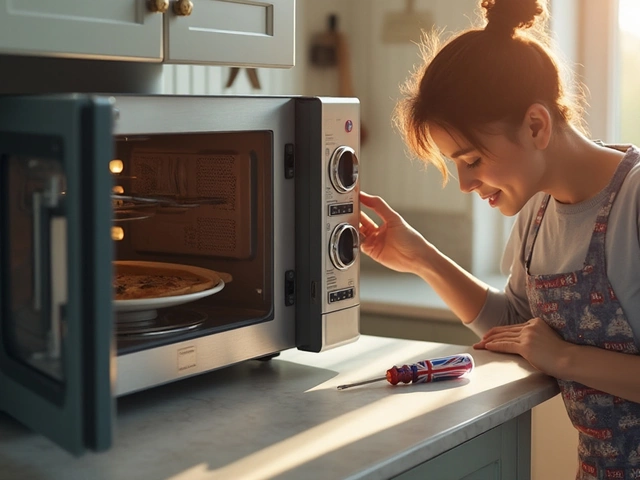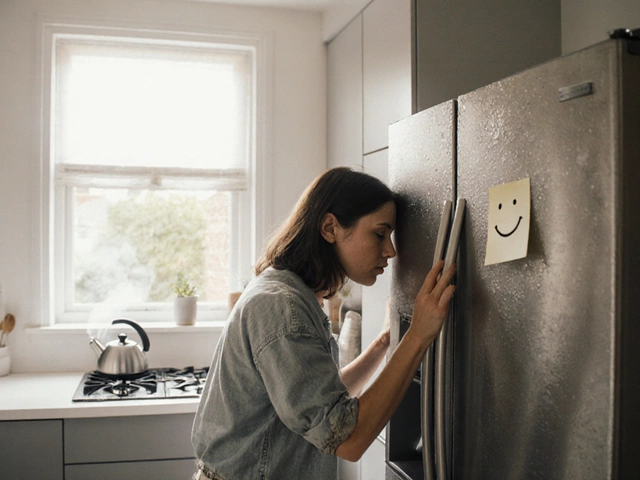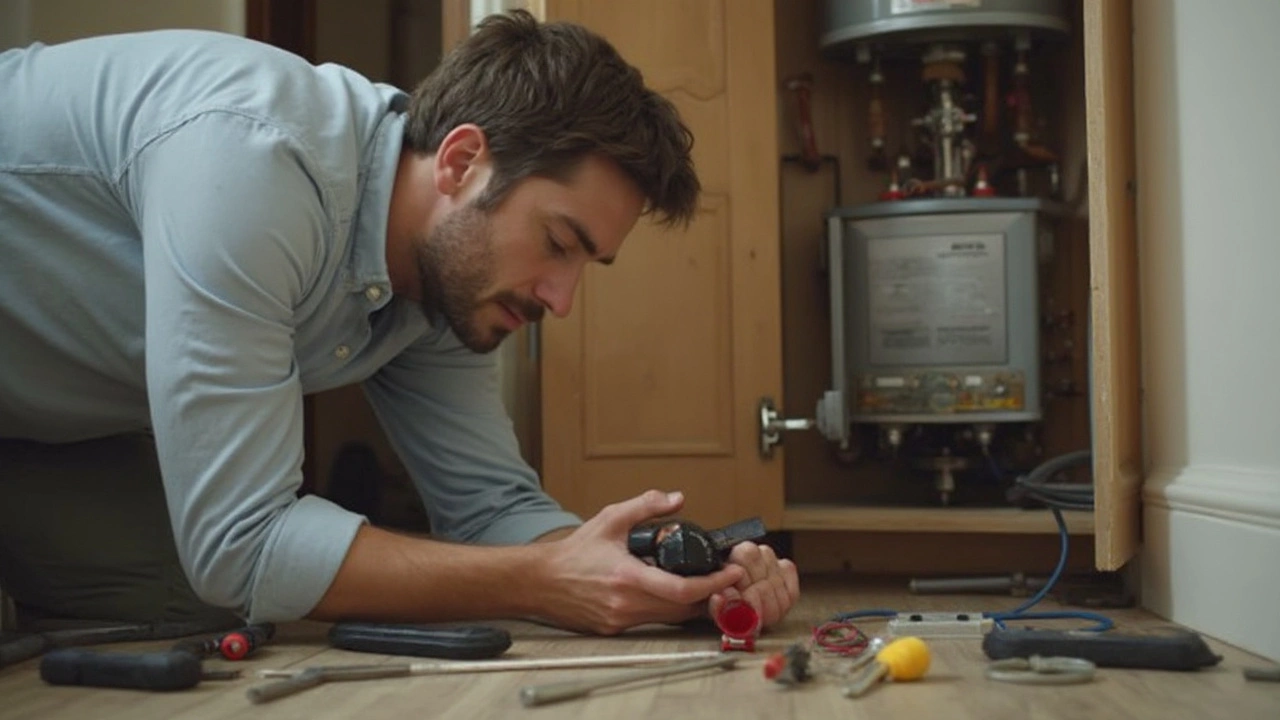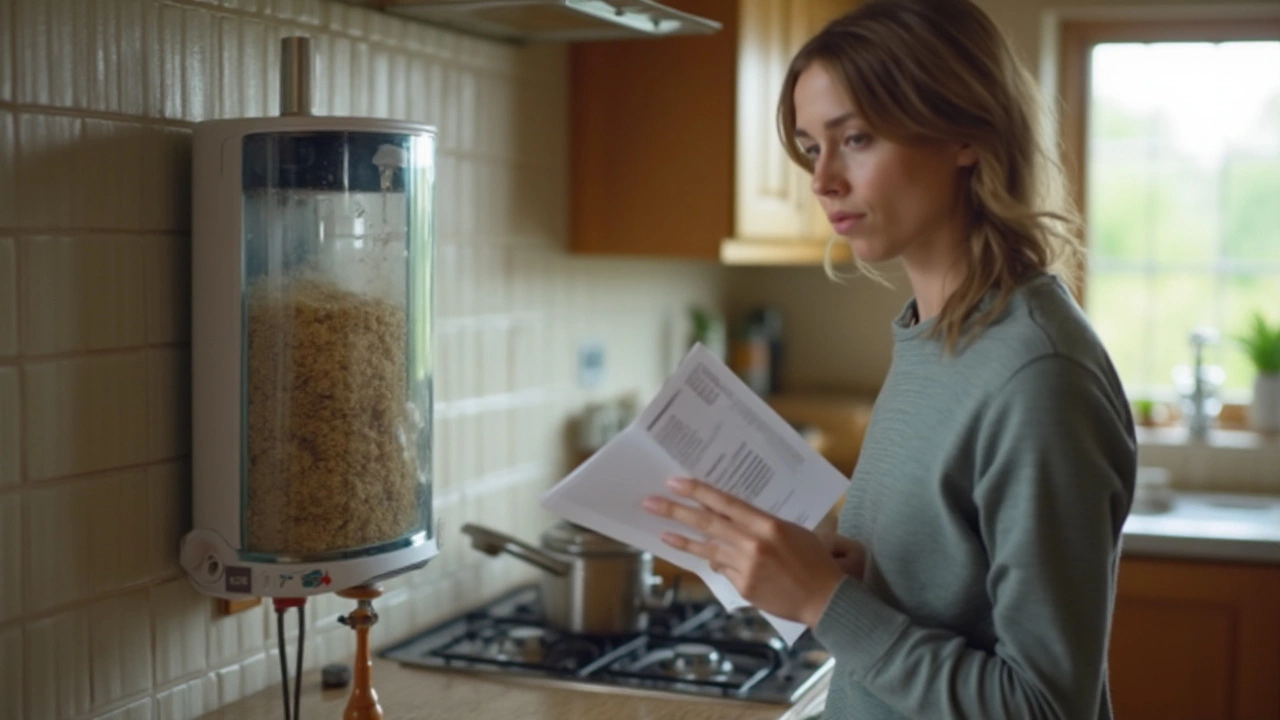Water Heater Failure: Common Causes and Quick Fixes
If you step into the shower and get a blast of cold water, chances are your water heater has decided to quit. It’s frustrating, but most of the time the problem isn’t a mystery. Knowing the usual culprits and trying a few easy checks can save you a callout and a few pounds. Below we break down why heaters fail and what you can do before you pick up the phone.
Why does my water heater stop heating?
1. No power or gas supply. A tripped breaker, blown fuse, or a gas valve that’s shut off will instantly stop heating. Check your circuit breaker or gas meter first – it’s the simplest thing to miss.
2. Thermostat settings. If the thermostat is set too low, the water never gets hot enough. Raising it a few degrees often solves the problem.
3. Heating element failure. Electric heaters have one or two metal coils that heat the water. Over time they can crack or burn out. A quick visual inspection (after turning off power) can show a broken coil.
4. Calcified tank. Hard water builds up a crust inside the tank, acting like insulation. The heater works harder, runs longer, and may eventually overheat and shut off.
5. Faulty dip tube. The dip tube pushes cold water to the bottom of the tank. If it’s broken, cold water mixes with hot water, and you end up with lukewarm showers.
6. Pressure‑switch or venting issues. Gas heaters need proper venting and a working pressure switch. Blocked vents or a bad switch can trigger safety shut‑offs.
What you can try before calling a pro
Start by resetting the system. Most electric heaters have a reset button on the thermostat – press it and wait a few minutes. For gas units, turn the gas valve off, wait 30 seconds, then turn it back on.
Next, look at the power source. Flip the breaker back on or replace a blown fuse. If you have a gas line, make sure the pilot light is lit. Many modern heaters have a pilot that re‑lights automatically, but a faulty ignitor will need a professional.
If the heater still won’t heat, drain a few gallons of water from the tank. This removes sediment that can cause overheating. To do this, turn off the power or gas, attach a hose to the drain valve, and let the water run into a bucket or safe drain.
Finally, check the thermostat dial and set it to at least 120 °F (49 °C). If you notice any leaking, strange noises, or rust in the water, stop using the heater and call a specialist. Those signs often mean a larger issue that needs a trained eye.
When you’ve tried the basics and the hot water still refuses to show up, Rugby Appliance Repair Services can help. Our technicians know every make of water heater in the area and can diagnose and fix the problem fast. Give us a call, and we’ll get your showers warm again without any guesswork.








